What to Expect When Visiting Body Shops for Auto Repairs
This article explores the ins and outs of visiting auto repair body shops. Whether you're a first-time visitor or a seasoned car owner, understanding what to expect can save you time, money, and stress. With increasing complexities in vehicle technologies, navigating the repair process can be daunting. This guide aims to demystify the process, provide practical tips, and ensure you feel confident and informed during your visit. From initial inspections to post-repair maintenance, we will cover every major aspect involved in auto body repairs.
Understanding the Initial Assessment Process
Beginning With Car Inspection Procedures
When you take your vehicle to a body shop, the repair process typically begins with a comprehensive car inspection. Technicians assess visible damages and potential hidden issues that could affect road safety. Their goal is to identify areas needing immediate attention, like structural damage or malfunctioning components. Each inspection is tailored depending on the vehicle’s condition, age, and prior modifications. A thorough assessment ensures that essential repairs are prioritized and minor issues are not overlooked.
Providing Vehicle History and Insurance Information
Before commencing repairs, you will need to provide your vehicle's history and insurance details. This information helps technicians understand previous repairs and potential chronic issues. Additionally, insurance information is crucial for processing claims and determining coverage for specific repairs. It’s beneficial to keep a detailed record of your vehicle's past services to facilitate a smoother evaluation process. Knowing your insurance policy terms can also help in negotiating repair costs effectively.
Using Diagnostic Tools and Techniques
Modern body shops employ a variety of diagnostic tools to assess vehicle conditions accurately. These tools range from computerized systems that read engine codes to specialized machinery for testing electronic components. Utilizing advanced diagnostic techniques allows for the precise identification of both existing problems and potential risks. This reduces the likelihood of additional repairs or issues post-service. Proper diagnostics ensure quality work and enhance the long-term reliability of your vehicle.
Giving a Quotation and Cost Estimation
Once the initial assessment is done, body shops will provide a quotation that outlines the estimated cost of repairs. The estimation includes parts replacement, labor charges, and taxes. It is essential to understand this breakdown to ensure transparency and avoid unexpected costs. Some shops offer digital estimates, making it easier to share information with insurers. Reviewing the quote carefully can help you discuss alternatives if the costs exceed your budget.
Comprehending Repair Timeframes
Discussing repair timeframes with body shops gives you a clear idea of how long you’ll be without your vehicle. Timelines can vary depending on the extent of damage, availability of parts, and shop workload. Understanding these aspects can help manage your expectations and plan for alternative transportation if necessary. A good shop will communicate any delays promptly. Clear communication regarding timelines ensures a more satisfactory customer experience.
Evaluating the Shop's Reputation and Certifications
Checking Online Reviews and Ratings
Before choosing a body shop, it's crucial to check online reviews and ratings. These platforms can provide insight into customer satisfaction and service quality. Look for patterns in customer feedback, especially concerning timeliness and honesty. While reviews offer a snapshot of the business, consider them in the context of the overall rating. Pairing online feedback with personal referrals can give you a comprehensive view.
Recognizing Industry Certifications
Furthermore, industry certifications serve as a reliability measure for auto repair shops. Certifications like ASE (Automotive Service Excellence) indicate adherence to industry standards and technician expertise. Certified shops often meet higher services benchmarks and invest in continuous staff training. Knowing that the shop follows recognized protocols can give you peace of mind. Certification visibility at the premises often signifies a reputable operation.
Assessing Professional Affiliations
A body shop's affiliations with trade associations can also indicate its credibility. Memberships in organizations like the Automotive Service Association (ASA) suggest alignment with ethical and professional standards. Such affiliations often require members to uphold specific customer service practices. Affiliated shops tend to benefit from access to industry advancements and resources. This access can translate into better services and innovative solutions for customers.
Considering Word-of-Mouth Recommendations
Word-of-mouth recommendations often come from trusted sources like friends or family who have previously used the service. These recommendations provide firsthand insights into the shop’s reliability, customer service, and work quality. They can often reflect the actual state of the shop beyond advertised standards. Personal experiences provide valuable context that reviews or ratings alone might lack. Considering reputable references alongside other evaluation methods offers a holistic assessment.
Comparing Customer Service Experiences
Customer service is a critical factor when evaluating body shops. Initial impressions often set the tone for the entire repair experience. Engaging, transparent, and responsive staff enhance the overall customer journey. Observing interactions within the shop during your visit can offer insight into their customer service culture. Shops that value direct and clear communication tend to provide a more satisfying experience.
Exploring Common Auto Repair Services
Offering Body Repairs and Dent Removal
Body repairs typically address external vehicle damage resulting from accidents or wear and tear. Techniques such as paintless dent removal can effectively restore aesthetic elements without affecting underlying coatings. Professionals use specialized tools to manipulate the metal back to its original shape gently. This method not only saves time but also reduces costs and preserves the car's value. Effective repairs ensure a seamless finish that enhances overall vehicle appearance.
Matching Paintwork and Color
Paintwork and color matching are essential to maintain a vehicle's visual appeal after damage. Skilled technicians use advanced techniques to match the original paint, restoring the car’s continuity. With countless shades and finishes available, precision is required to achieve an exact match. Many shops use computerized paint mixing systems to reach accurate results efficiently. A seamless paint job ensures that repair work blends smoothly with the existing paint.
Restoring Frame Alignment and Structural Repairs
Frame alignment and structural repairs restore the vehicle’s foundation and ensure safe road performance. Misalignments can result from collisions and impact a vehicle’s steerability and tire wear. Technicians utilize computer-assisted frame machines to realign and secure the frame to factory specifications. Proper alignment ensures that your vehicle operates safely and efficiently. According to Travelers Insurance, brakes should be inspected every 12,000 miles or at least once a year, whichever comes first, supporting the need for ongoing vehicle maintenance.
Employing Glass Repair and Replacement
Auto glass integrity is vital for safety and driver visibility. Repairs often involve filling cracks and chips to prevent spreading. Replacement becomes necessary when damage impairs glass functionality or safety. Shops generally use high-quality glass that meets or exceeds industry safety standards. Maintaining the glass's condition is crucial for the vehicle's overall safety profile.
Emphasizing Bumper and Grille Maintenance
Bumpers and grilles are often the first points of contact in collisions, emphasizing their repair importance. Proper maintenance ensures they're not only visually appealing but also functional. Skilled technicians can repair minor damages or opt for full replacements when needed. Using OEM parts guarantees alignment with the vehicle’s design and performance specifications. Regular checks and maintenance can prevent minor damages from escalating.
Visiting body shops for auto repairs is often a necessary but daunting task. You'll be better equipped to navigate the process, make informed decisions, and ensure your vehicle once again runs safely and smoothly. Contact A-1 Cars Independent BMW Specialist & Body Shop today for more information.
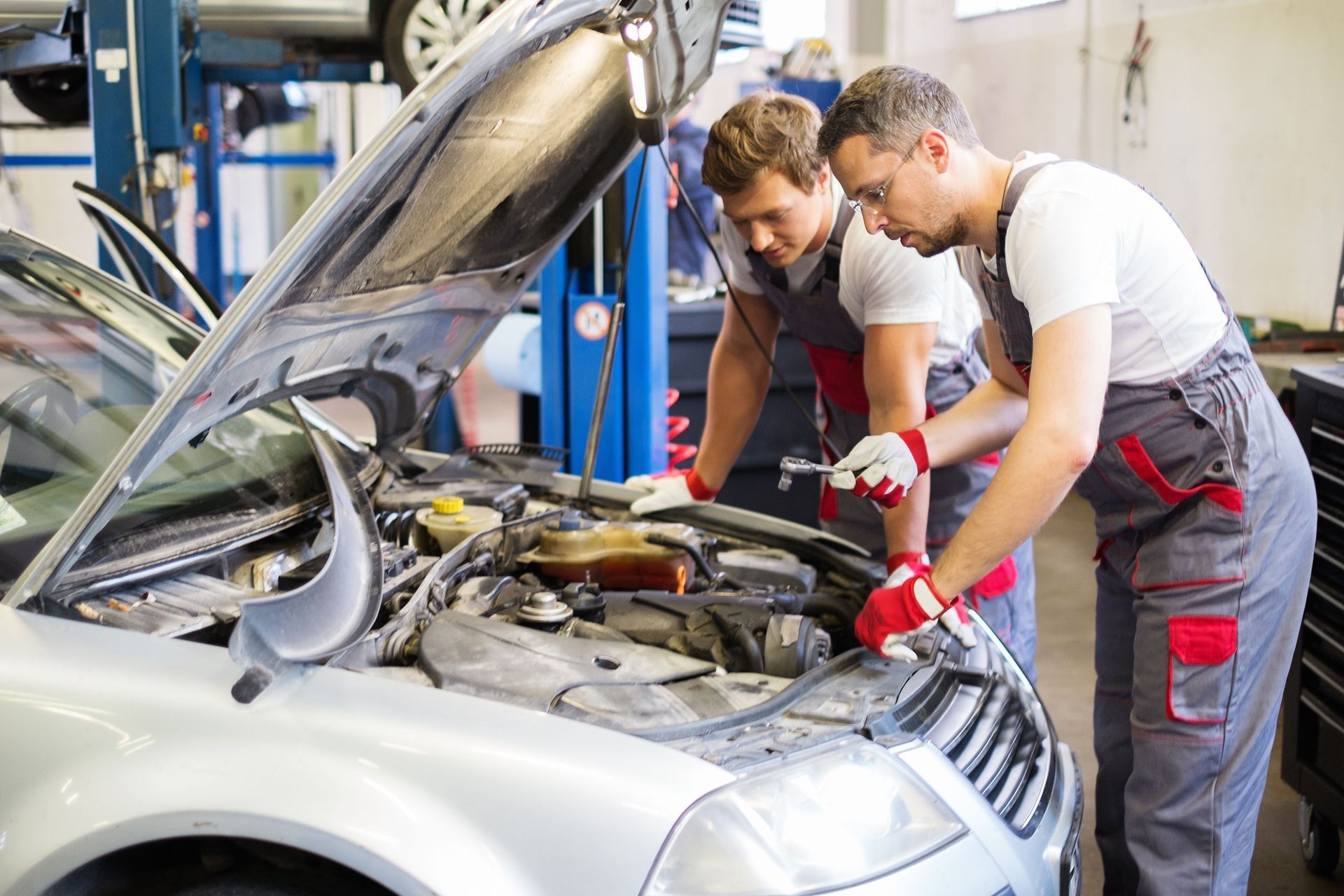

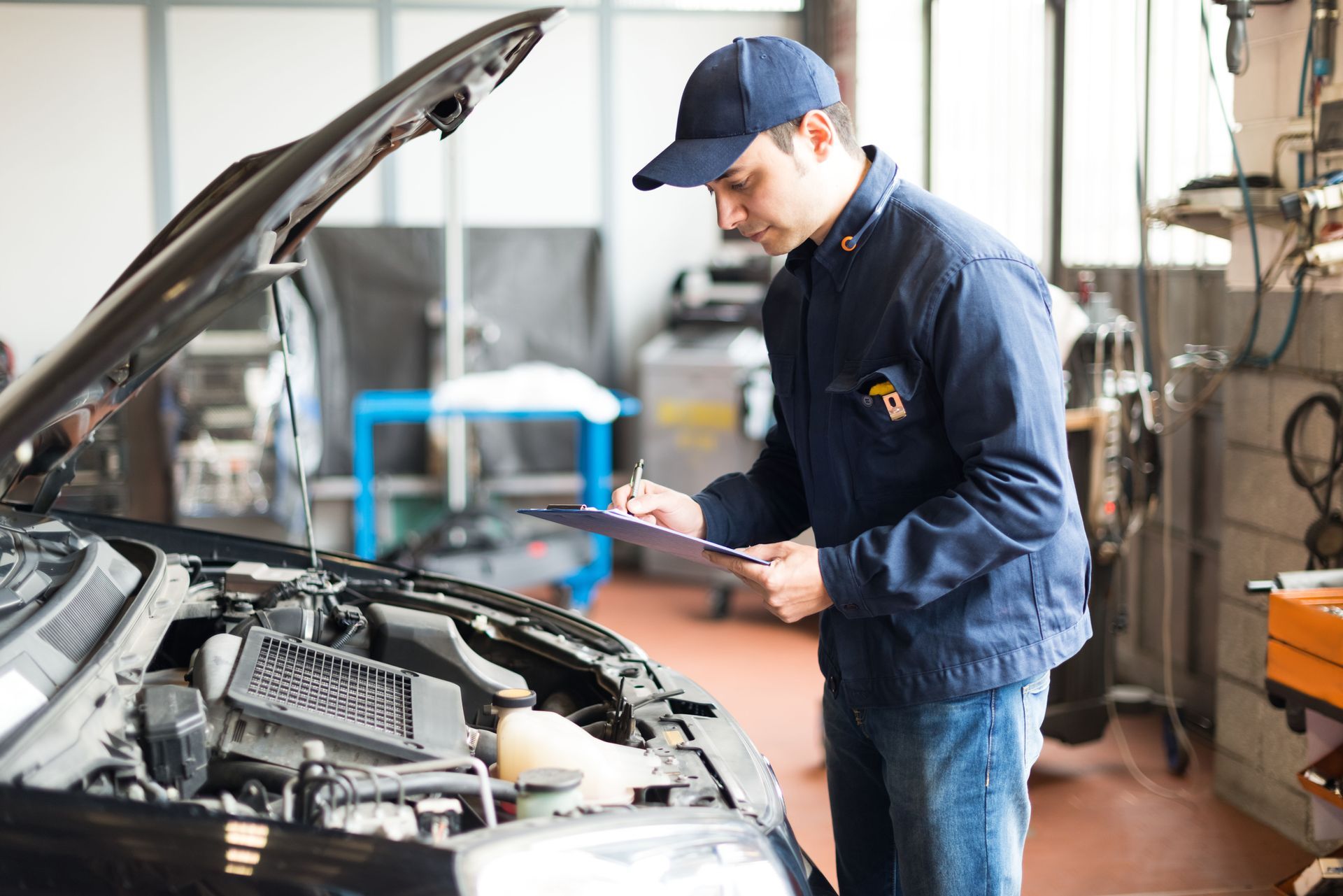
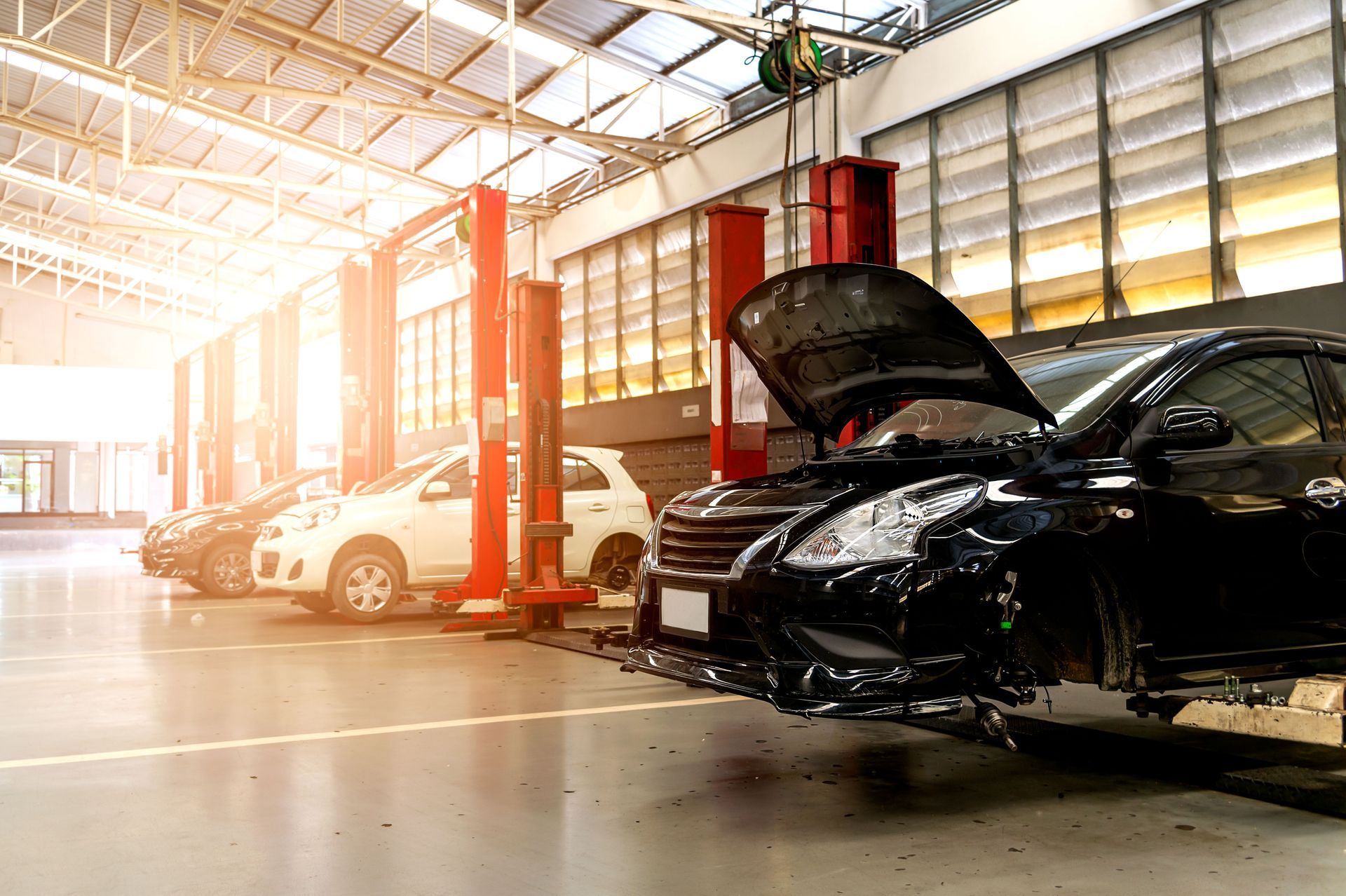

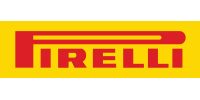
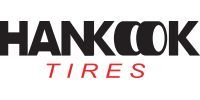
Share On: